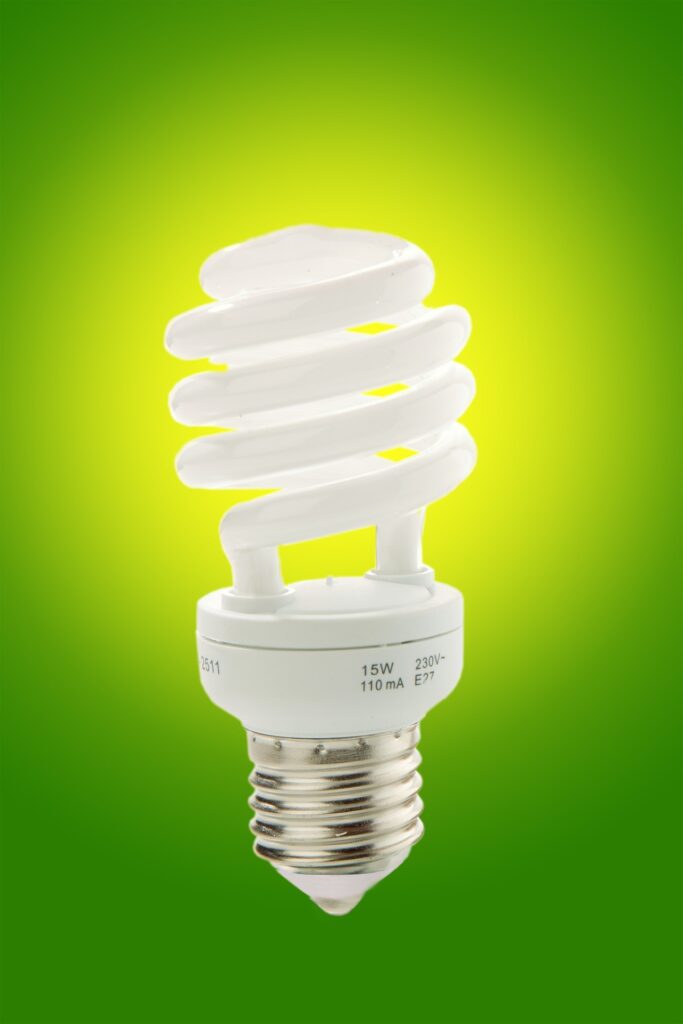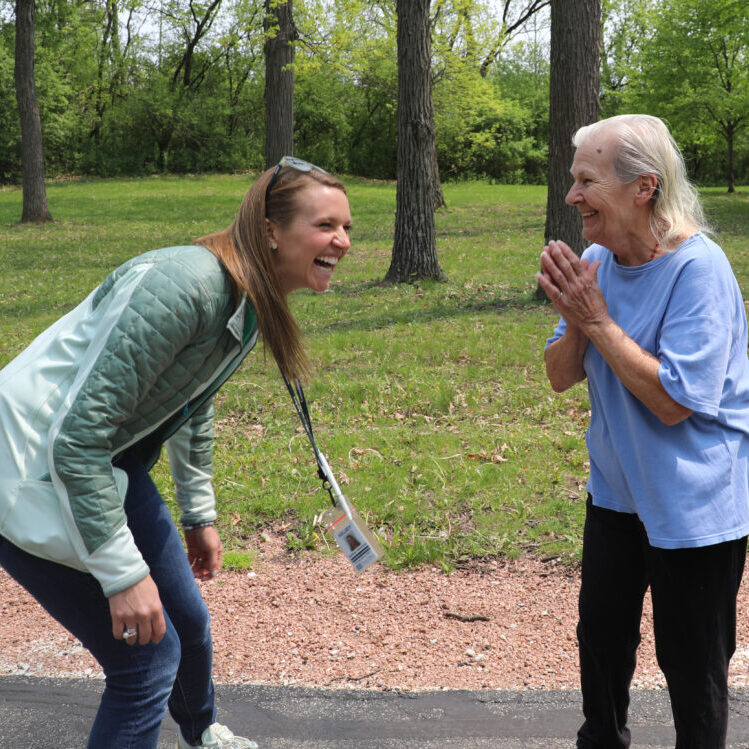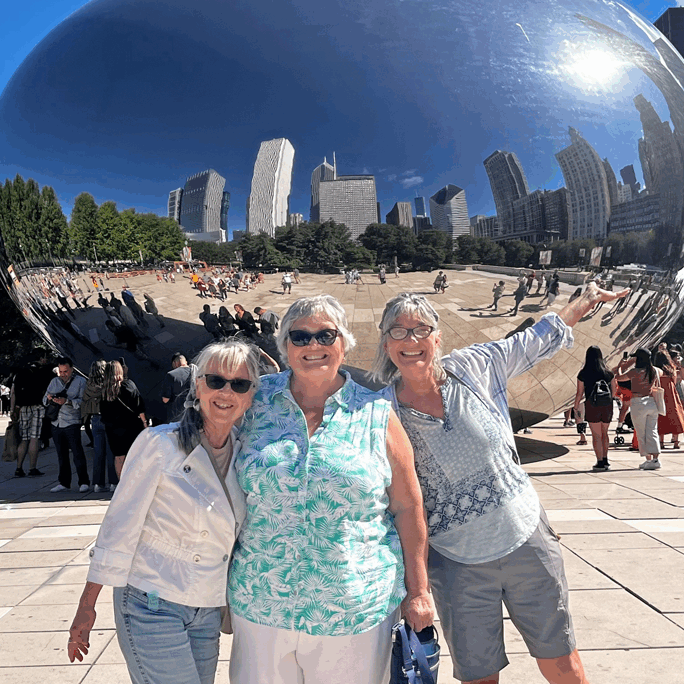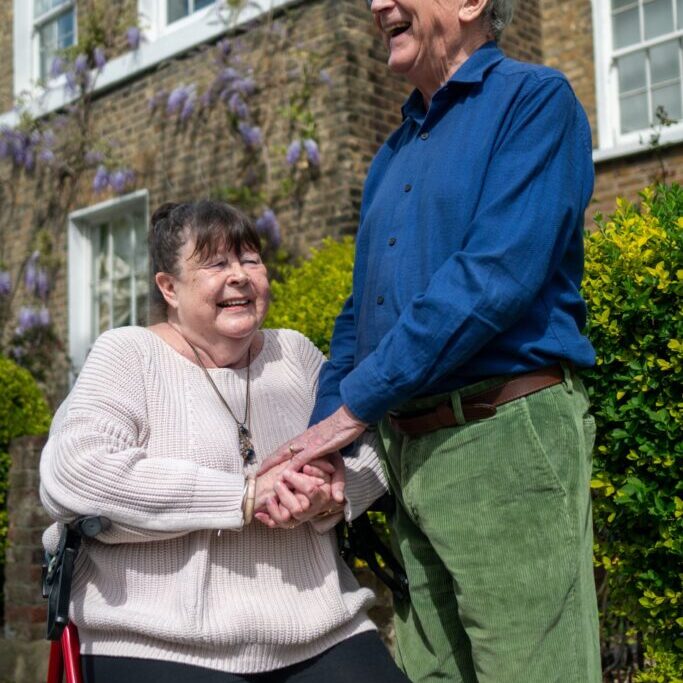How To Find an Eco-Friendly Senior Living Community
15 Earth-friendly steps in the right direction and 2 solid indicators to look for
With our nation declaring a growing commitment to caring for our planet, organizations everywhere are opting for Earth-friendly decisions when it comes to designing, building, and operating on a daily basis. Senior living communities are no exception, with a growing number of “green” versions popping up across the country. (Not to be confused with communities who are part of the “Green House Project,” which is a different revolution entirely, addressing the de-institutionalization of long-term care environments through innovative redesigns.)
Today’s generation of older adults is paying more and more attention to green practices, and thus seeking those out during their search for a senior community. When it comes down to it, though, one challenge in identifying what qualifies a senior community as green is that the dictating standards are actually a bit gray. Terms like “eco-friendly,” for example, are becoming increasingly popular, often tossed around with little evidence to back them up.

There are, however, two solid criteria that can dependably serve as steadfast qualifiers, and those are:
- The organization’s appliance Energy Star ratings, which are determined according to the government-issued label stating energy efficiency.
- The community’s LEED (Leadership in Energy and Environmental Design) certification, which is a widely recognized program awarded by the US Green Building Council in an effort to create healthy, energy-efficient buildings.
In addition to these benchmarks, you can be sure that any community making Earth-friendly efforts – no matter how big or small – is to be commended. In the future, environmental standards will become a unified aspiration for all communities, but as we work our way to that point, small steps make a big difference.
If you’re touring and learning more about a senior community of interest, ask what they’re doing to reduce their carbon footprint and go green. Many communities are focused on making improvements and establishing programs to reduce water usage, CO2 emissions, waste production, and electricity consumption.
When posed the question, whether the community’s answer is using alternative energy, minimizing consumption, or utilizing the land for its full potential, it’s all good. Here are 15 examples of how the senior community you’re interested in may be acting on green initiatives:
When posed the question, whether the community’s answer is using alternative energy, minimizing consumption, or utilizing the land for its full potential, it’s all good. Here are 15 examples of how the senior community you’re interested in may be acting on green initiatives:
- Establishing a community garden and encouraging native plants
- Using building materials that are locally produced and/or recycled
- Integrating water conservation and storm water management systems
- Implementing water-efficient landscaping, including drought-tolerant plants and drip irrigation systems
- Utilizing dual-flush toilets, low-flow showerheads, and sink faucet aerators
- Initiating public transit options and increasing community walkability
- Taking steps to achieve high standards of indoor air quality
- Tapping into renewable energy sources to keep carbon emissions low
- Installing high-performance exterior doors and windows
- Using environmentally friendly housekeeping products
- Setting up geothermal heating and cooling systems
- Supporting recycling programs and policies
- Establishing set schedules and temperature controls for HVAC and water heating systems
- Incorporating occupancy sensors for energy-efficient lighting and plug loads
- Offering green building and practice education for residents and visitors

The benefits to our planet aren’t the only ones that a green senior community generates – the US Green Building Council reports that the average green building saves between 30% and 90% on energy, CO2, water, and waste costs. In addition, the community’s asset value soars, they assert a positive point of difference among their market competitors, and many receive fiscal incentives for making environmentally sound choices.
Best of all, a senior living community that makes green choices has residents who experience improved health and increased quality of life, tying directly into most communities’ missions and goals. If earth-friendly practices are of importance to you – and hopefully, they are – don’t be afraid to seek out a senior community of like mind. Mother Earth will thank you, and you’ll be glad you did.




